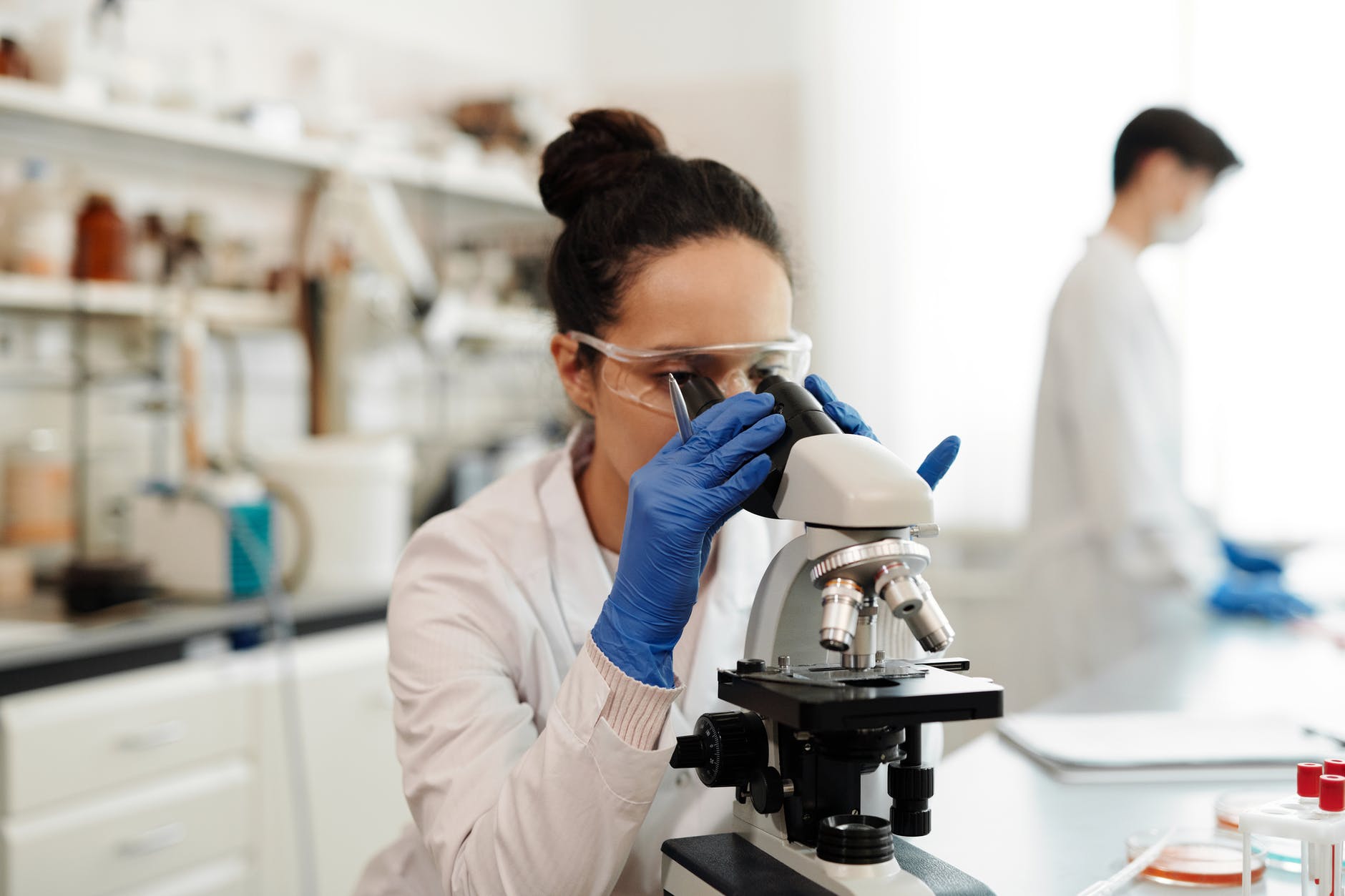Every human being has 23 chromosomes, and they are all in pairs. You inherit one from each parent, so you end up with 46. They determine your eye colour, your hair colour, and other characteristics that are uniquely yours. You can learn a lot about yourself from DNA genetic testing. Take a look at the top seven things that you can learn from DNA testing.
1. You Can Discover Your Family History
Many people have no idea where their ancestors came from. Some people may have a general idea, but it could come from one of their parents’ sides of the family. They may want to know the other half of their history.
Some genetic characteristics can be linked to specific locations around the world to give you an idea of where your family came from. They are capable of coming up with information that could date back a few hundred years.
2. You Can Learn Risk Factors for Unborn Children
Many people use DNA genetic testing to find out any risk factors for their future children. This test can tell you what genetic disorders your children could inherit, and it will let you know if there is nothing to worry about. People use this option so that they can plan ahead before they start a family. It helps people make difficult decisions and do screenings while they are pregnant.
3. Store Your Data in a Genetic Data Bank
After you take a DNA test, you can have your information stored in a genetic data bank. They keep the DNA from millions of people all over the world, and they will match you with other potential relatives.
Others who do DNA testing can compare their genetic information to yours, and they may be able to notify you if you match. In addition, you can find out how closely you might be related to other people, and you may find some new relatives.
4. Complete Your Family Tree
Some people spend a lot of time putting together a family tree, but one empty branch can leave a lot of information off. Once you get the results of your test, you may discover other family members. You can also compare your DNA to family trees that are already online.
You can use your results to create your own family tree, and share it with everyone in the family. As more people contribute, you can end up with a more complete history. You might even find out that you are related to someone famous!
5. Find Living Relatives
You might know that you have living relatives that you don’t know, but you might find them even if you don’t think you do. Get your DNA test done, and you can try genetic genealogy. You can test your chromosomes and compare them to a collection of people who have theirs stored in a data bank.
You could have other people anywhere in the world that are your relatives. You might find half siblings, aunts, uncles, and more. You can also use this test to find your father or mother if you aren’t sure who they are.
6. Learn About Your Health
Some people have no idea what illnesses or conditions exist in their families. In this case, you can learn about illnesses that you have an increased risk of contracting. You will find out about any potential genetic mutations that run in your family as well as any that you may have.
People who are adopted often have no idea what to screen for, but genetic testing can help you find out if you should screen for different types of cancer, Parkinson’s disease, celiac disease, Alzheimer’s, and more. This can have a positive impact on your health.
7. Learn About Genetics
People are always looking for a new hobby or activity, and studying genetics is fascinating. Once you start learning about people you may be related to, it can become something you spend time on regularly to try to fill in your family tree. You can learn about hair colour and eye colour of family members and create a gene chart and also take a dna test for hair loss. This is a great starting point for learning about genetics.
